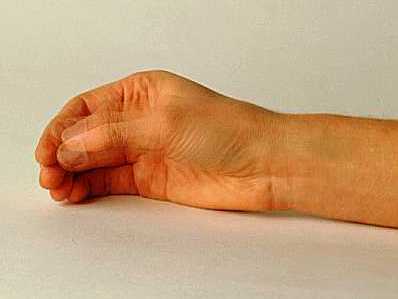
First, the details.
- 30 people with Parkinson’s disease (PD) diagnosed in the past 3 years with Hoehn and Yahr stage 1 or 2 (symptoms without impaired balance) were studied.
- The were randomly assigned to high-intensity exercise, low-intensity exercise, or an education group.
- The high-intensity group used body weight-supported treadmill training and completed 24 sessions over 8 weeks.
- The education group attended 6 education classes over 8 weeks.
- Low-intensity exercise was not defined in the abstract.
And, the results.
- There was small improvement in disease progression in all groups as measured by total and motor Unified Parkinson’s Disease Rating Scales.
- The high-intensity group showed increases in gait speed, step and stride length, and hip and ankle joint excursion during self-selected and fast gait.
- The high-intensity group also had improved weight distribution during sit-to-stand tasks.
- Improvements in gait and sit-to-stand measures were not consistently observed in low-intensity and education groups.
- The high-intensity group showed lengthening in the cortical silent period (withdrawal of brain input to spinal nerves).
The bottom line?
The authors concluded that there are dose-dependent benefits of exercise, and high-intensity exercise can normalize planning, control, and execution of voluntary motor functions in early PD.”
7/23/08 22:20 JR